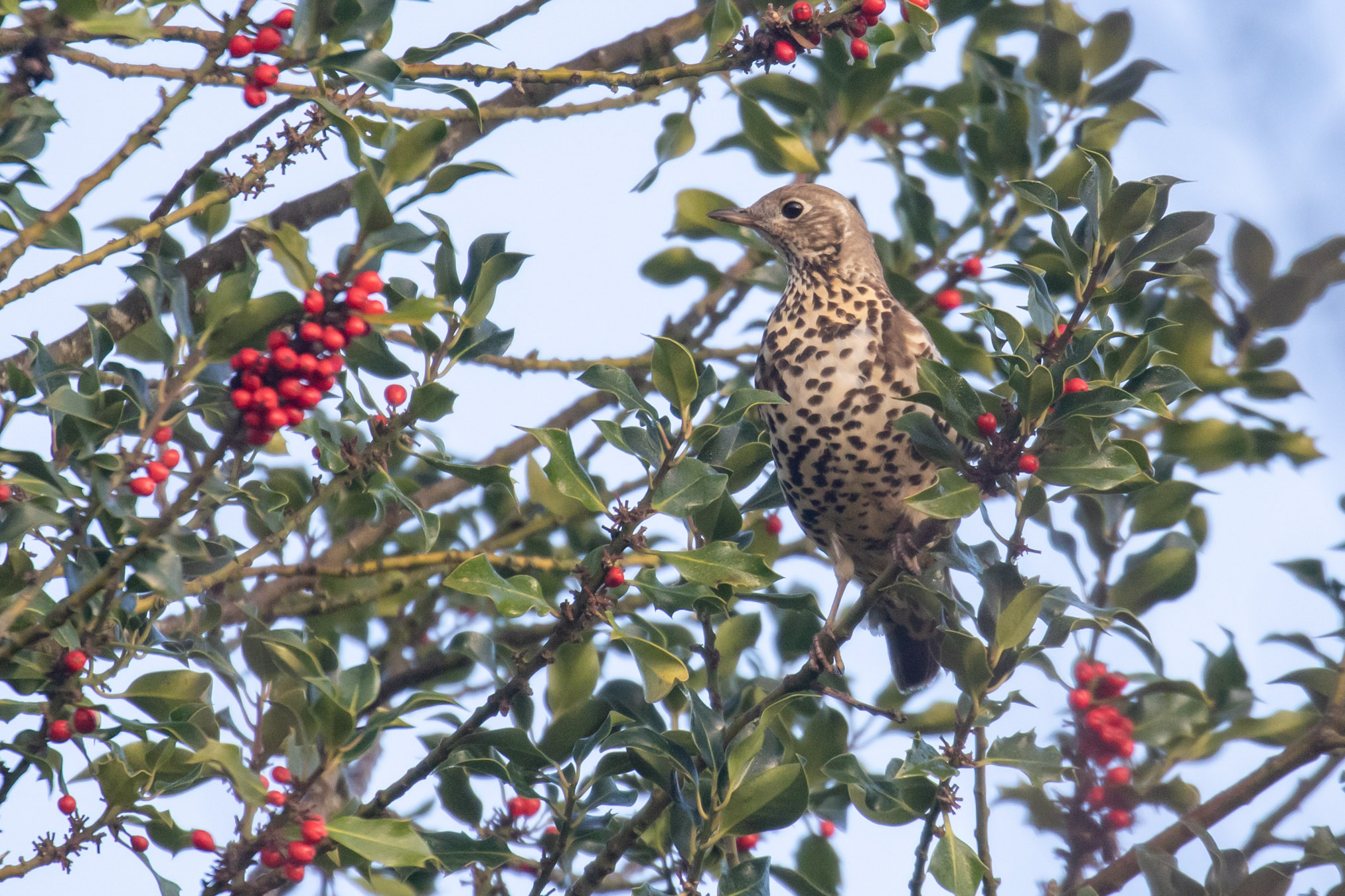
This morning dawned cold, with frost crunching underfoot and a light mist clinging to the coldest areas. The early winter gold and browns of Warneford Meadow, above, turned white at least until the sun burnt through. On the golf course, ice crystals coated the grass blades and froze fungi into tiny cut glass mushrooms:

Some of the larger fungi, protected from above by tree branches, remained frost free:

The Fly Agaric mushrooms, which could be found beneath the Silver Birches of the golf course until late October, have long gone:

A pale shape, high up in a hole in a poplar tree, revealed a sleeping Tawny Owl. The pale feathering above the eyes may help break up the bird’s outline and provide camouflage:

This may be one of the birds that bred locally, pictures of an adult and fledged chicks can be seen at the end of this post from May.
This morning was a good morning for raptors too, though the low temperatures meant that most were sitting perched awaiting the warmth of the sun. A male Kestrel sat in willows near the Churchill Hospital pond; a Buzzard brooded on a tree on the golf course and this female Sparrowhawk sat unobtrusively above Boundary Brook:

Being larger raptors, the local Red Kites sat out on more prominent perches, catching the cold November sun:

This has been a much more productive winter for thrushes and finches than last winter in the Lye Valley and Warneford Meadow area. In the winter of 2019-20, I struggled to record single figure numbers of Fieldfares, Siskins or Redpolls. This winter all have returned in good numbers. Siskins have been recorded in flocks of up to 35, Lesser Redpoll is frequently recorded and there are up to 50 Fieldfares and between 50-100 Redwing present during most visits this month. The thrushes, including this Mistle Thrush and the Redwing below it, are drawn to the holly berries:


But even as the nights draw in and the days approach their shortest length, some birds are preparing for the next breeding season. On 16th November this Song Thrush became the first singing thrush recorded since mid-summer. This morning three were in full song. There are four weeks to go before the shortest day, but for some, spring is already on the way.

